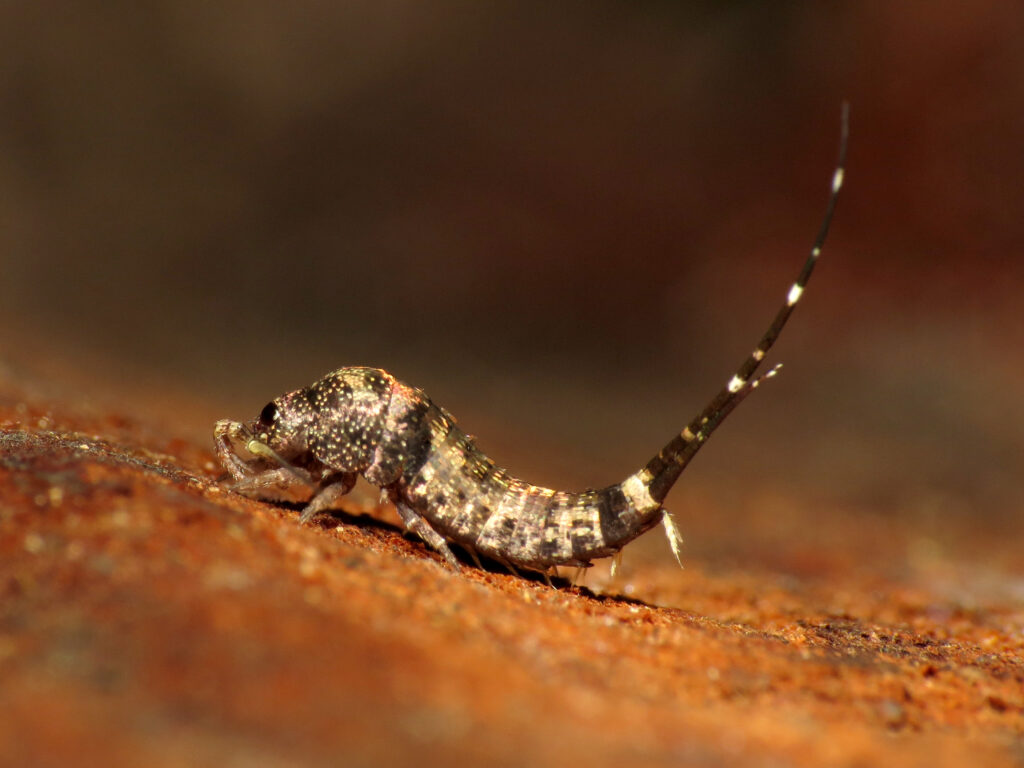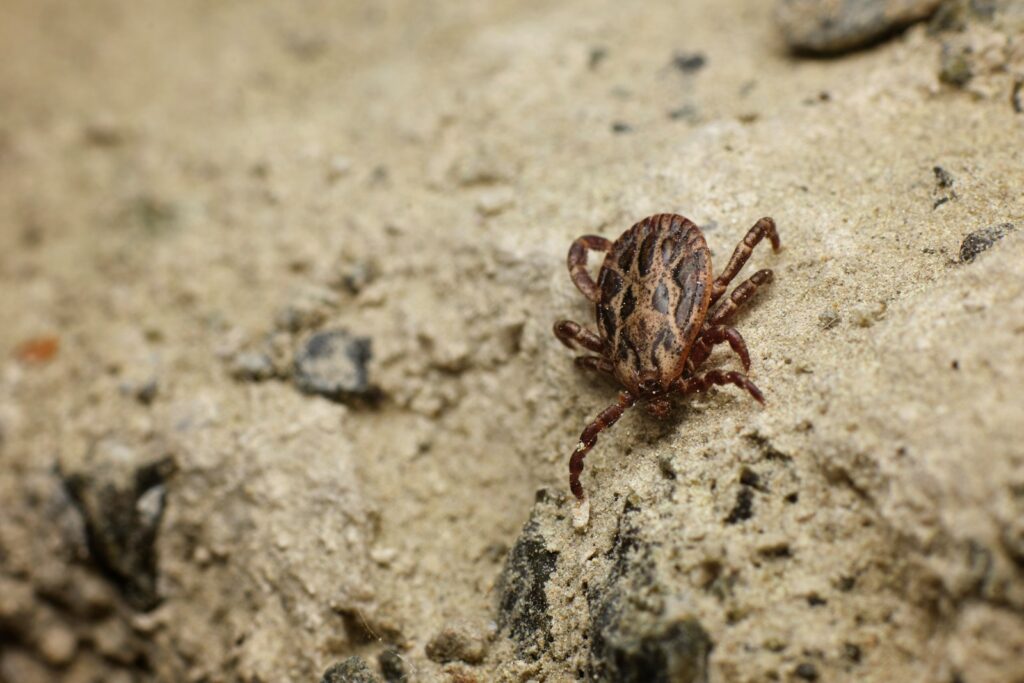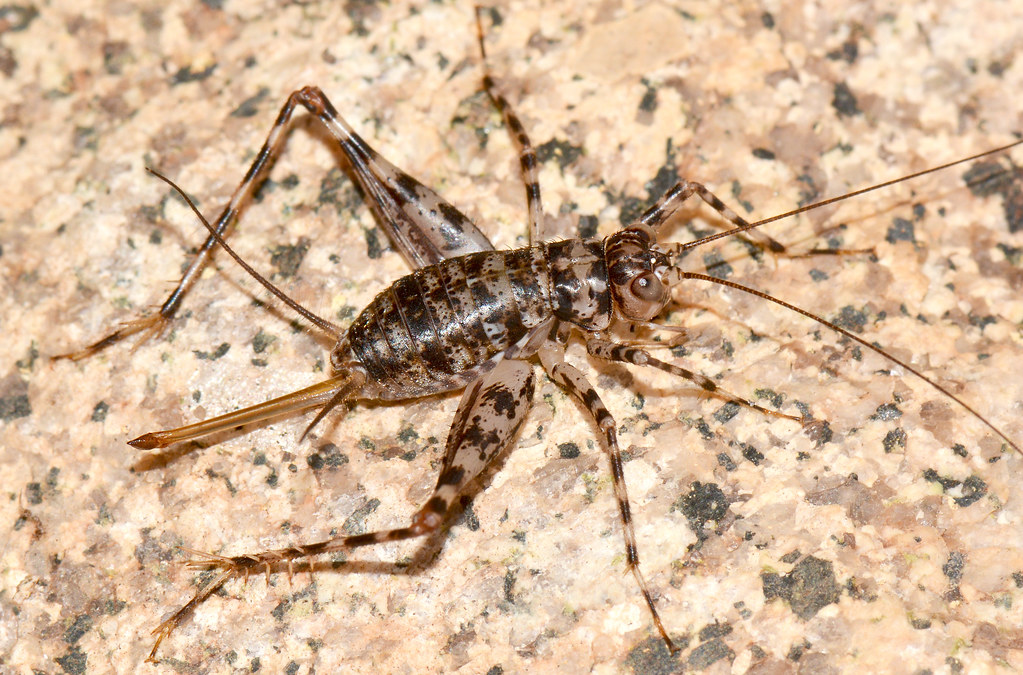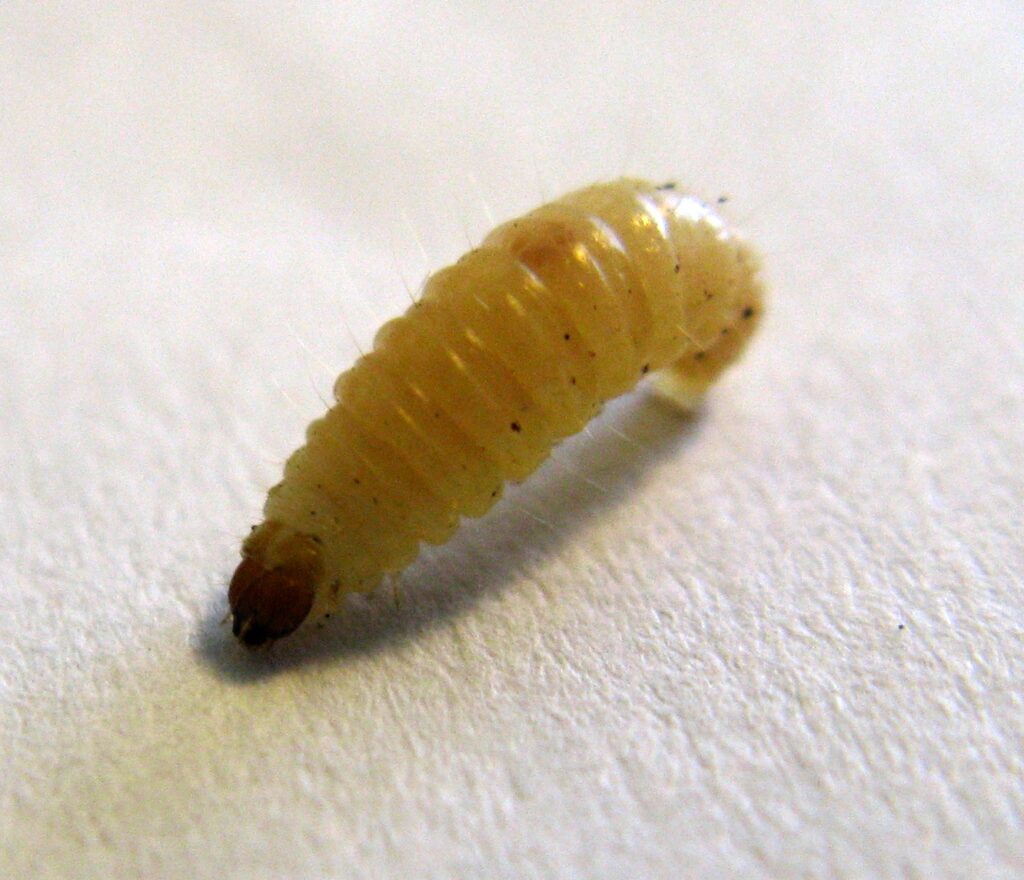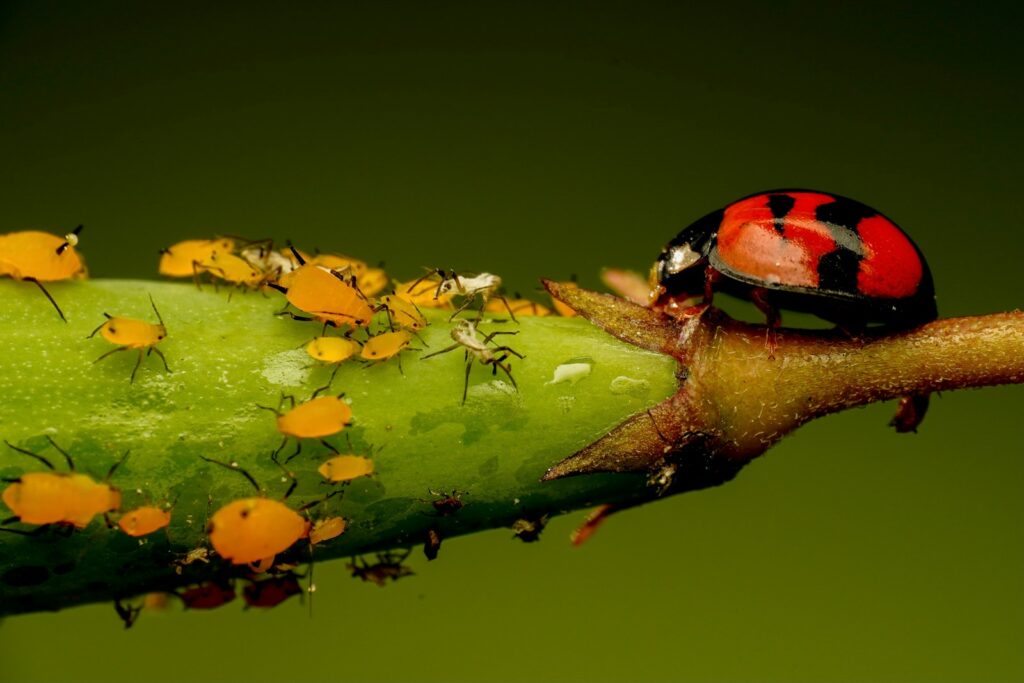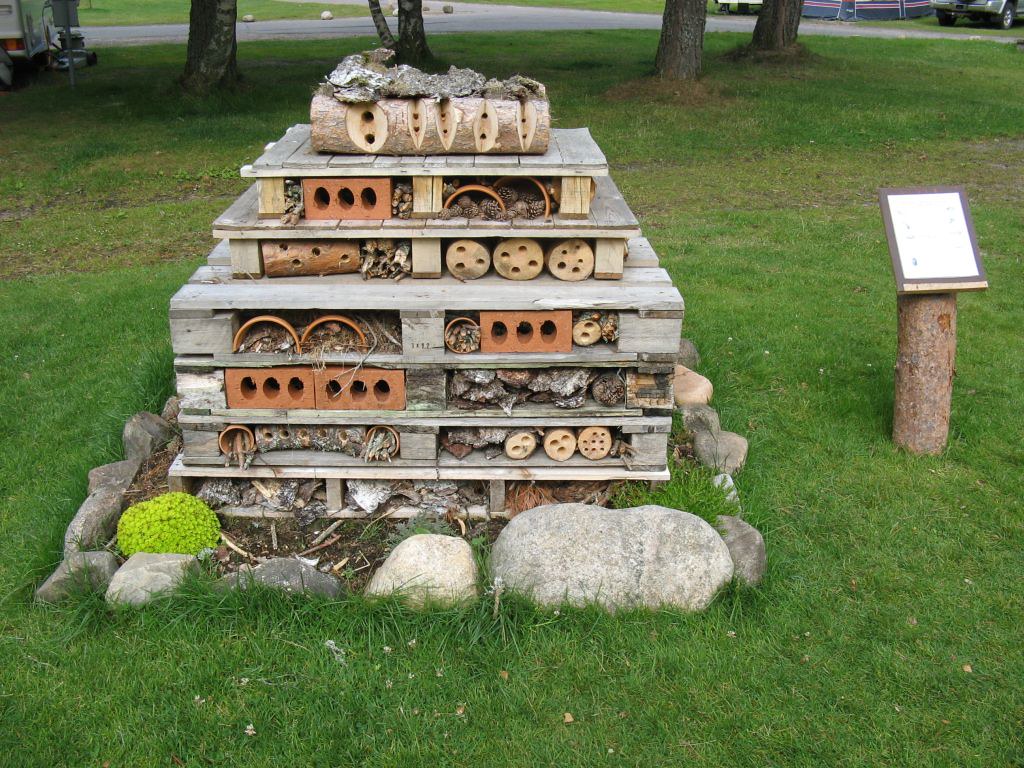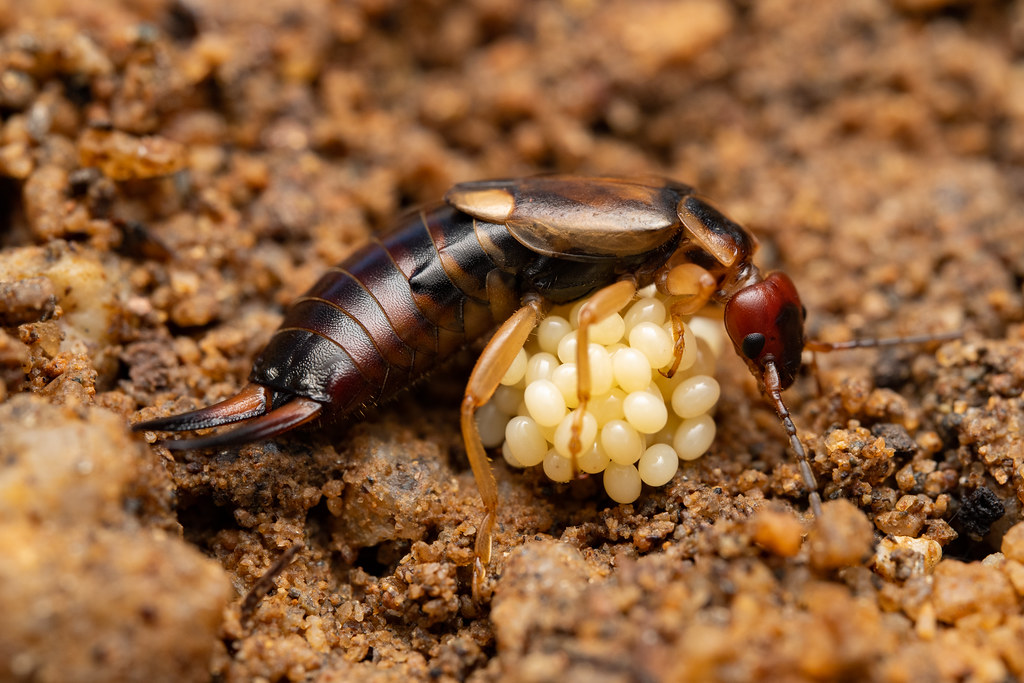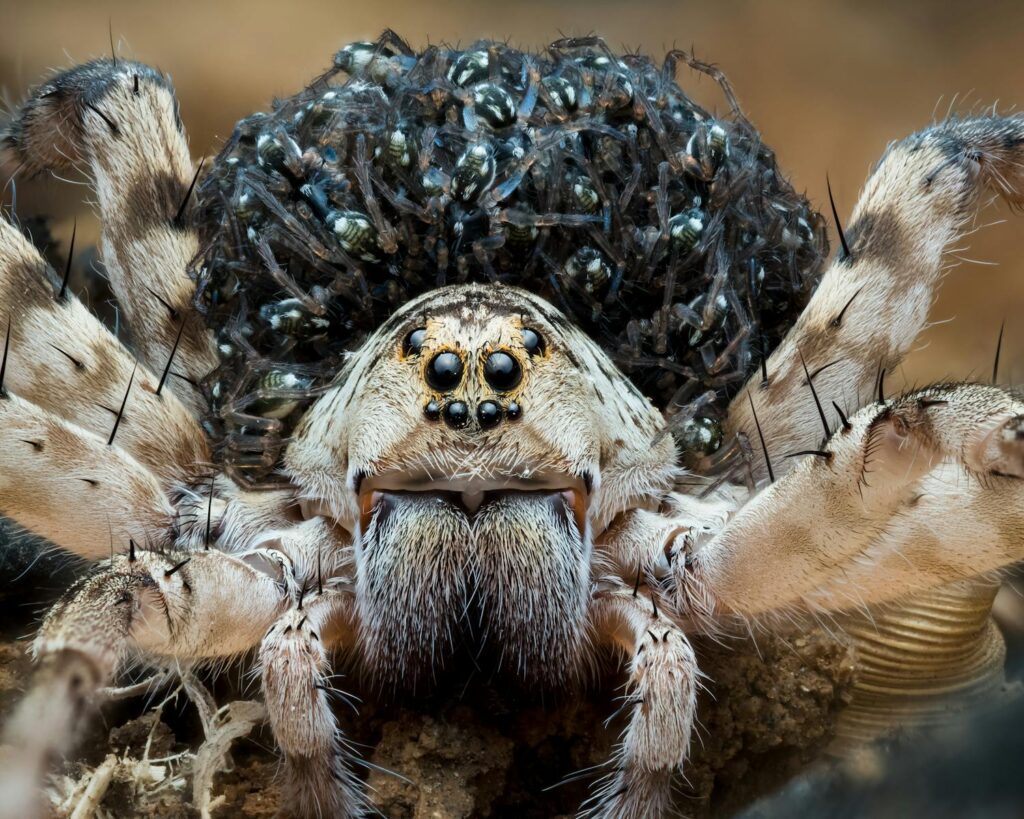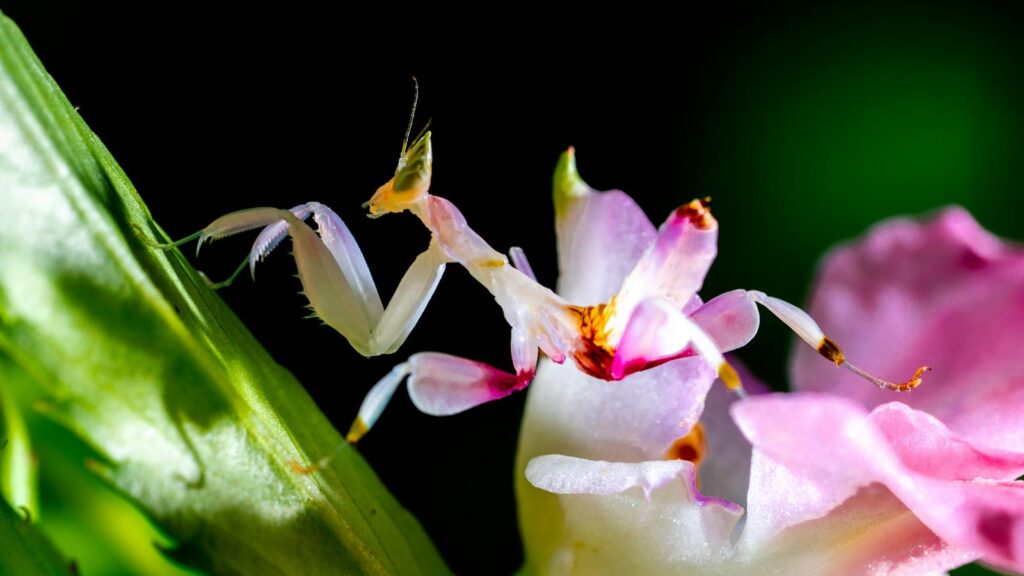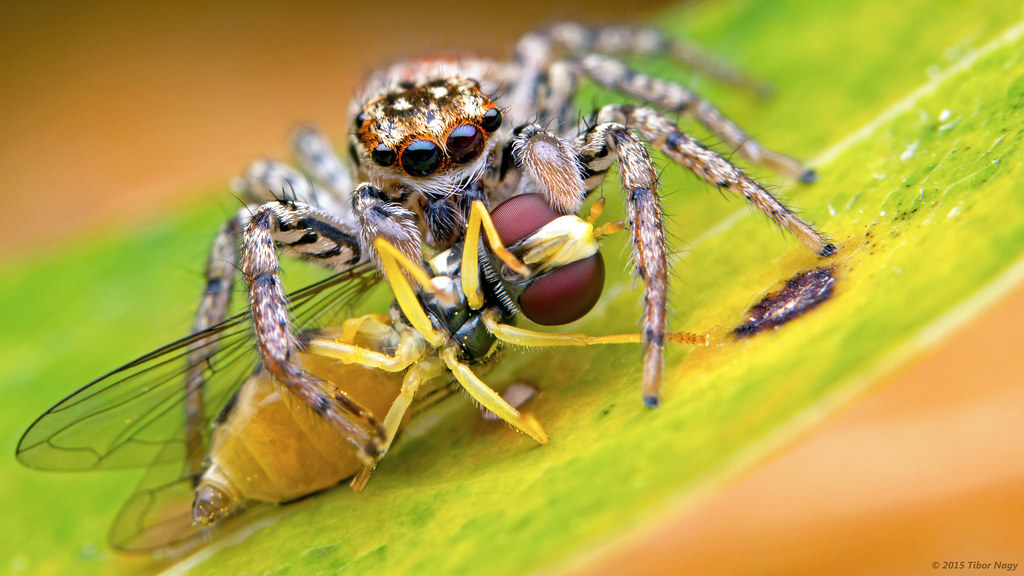The Oldest Insects on Earth: Species That Haven’t Changed in 300 Million Years
When dinosaurs roamed the Earth, a diverse array of insects had already been buzzing, crawling, and fluttering across the planet for millions of years. While many prehistoric creatures have long since disappeared, leaving only fossil records of their existence, some insect species have displayed remarkable evolutionary stability. These “living fossils” have maintained nearly identical body ...

